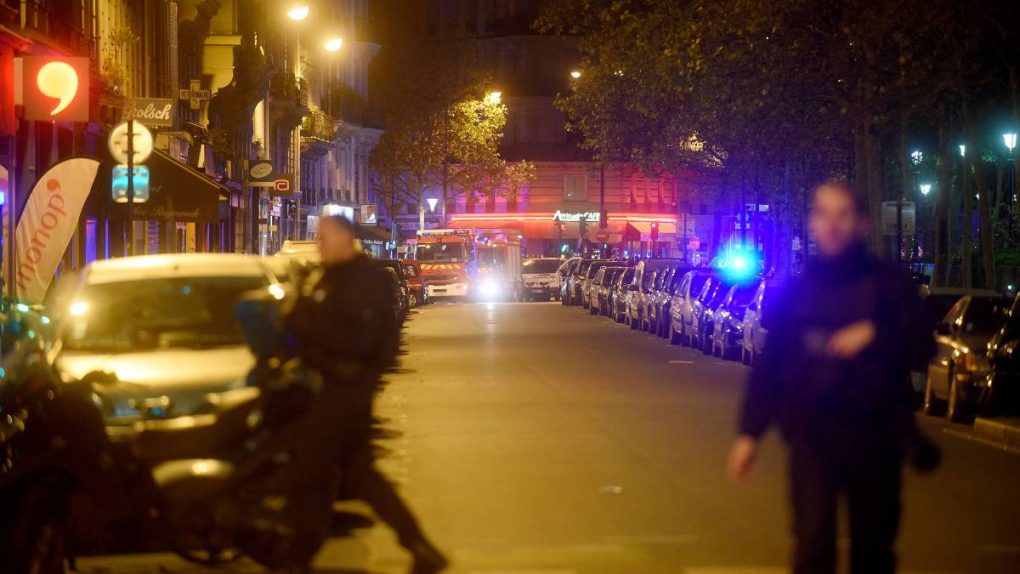March 22nd, 2016, will be remembered as the day when attackers hit other targets in Europe, with bombs killing at least 13 people at the Brussels airport and injuring more than 30. In the U.S., March 22nd should have been the day of a terrorism-related court hearing in the FBI vs. Apple encryption battle, though that hearing is now postponed.
So does encryption protect terrorists who plan bombings such as the ones in Brussels, Ankara, Paris, and other cities? Yes, it probably does. But investigators in the Paris case have found out that it’s not encrypted iPhones or Android devices, and it’s not encrypted Internet services that helped attackers carry out a highly choreographed attack on the French capital. Instead, they used disposable, burner phones, which they kept changing on a regular basis.
DON’T MISS: Terror attacks hit Belgium: Multiple explosions at Brussels airport and metro
Well aware that intelligence agencies have sophisticated data collection tools in place, including ways of flagging potentially suspect encrypted chats and/or calls, the suicide bombers involved in the Paris attacks used burner phones, The New York Times reports.
“Investigators found crates’ worth of disposable cellphones,” the Times says, as well as traces of “improved bomb-making materials.”
However, it’s not encryption that helped them carry out and coordinate the attacks – or not to the extent politicians in many Western countries including the U.S. believe.
A 55-page report from French police details the findings in the aftermath of the attacks, and hundreds of pages of interrogation and court records obtained by the Times suggest there are still questions about how many people were involved in the attack, and how they used encryption to hide communications.
However, the police report says that none of the attackers used emails or another form of electronic communication to communicate, be it encrypted or otherwise, on mobile phones. The police did not find any trace of emails, prompting authorities to speculate that encryption was used to protect such communication, but it’s not clear what kind of encryption at this time.
As for phones, police found disposable handsets that were activated shortly before attacks. However, a Samsung phone that had a Belgian SIM card in it that was activated a day before the attack revealed the phone had called just one number in Belgium. The phone contained images of the Bataclan concert hall layout, as well as information of the spectacle scheduled for the night when the venue was hit. GPS information led investigators to an apartment eight miles south of the concert hall in a Paris suburb.
Everywhere police went, throwaway phones belonging to the attackers were found. Police even found unused burner phones that were still waiting in their boxes.
New phones that were used by the attackers were also showing calls to Belgium in the hours and minutes before the attacks, suggesting there was some coordination in place for the entire assault.
To the dismay of investigators, there was no single email or online chat on any of the phones.
The report also reveals that attackers tried to use smartphones belonging to hostages at the Bataclan theater, to get online and find out more details about what was happening in Paris. They sought to contact police and negotiate the liberation of hostages in exchange for France’s agreement to stop the military strikes in Syria, but they were not able to do it.
These terrorists also had a laptop, but the device was “bizarre” according to a 40-year-old woman who survived the attack. “It was bizarre — he was looking at a bunch of lines, like lines of code. There was no image, no Internet,” she said though it’s not clear what kind of operating system was in used.
The Times’ full report on the matter is available at the source link.







